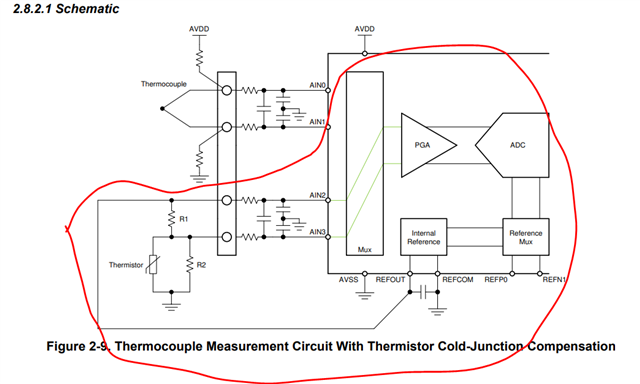Other Parts Discussed in Thread: ADS124S08,
Tool/software:
Hi,
My customer is currently using this device to measure thermistors, however, we've noticed this post where TI is advising against this setup:
Could you elaborate why this is not encouraged? Thanks!



